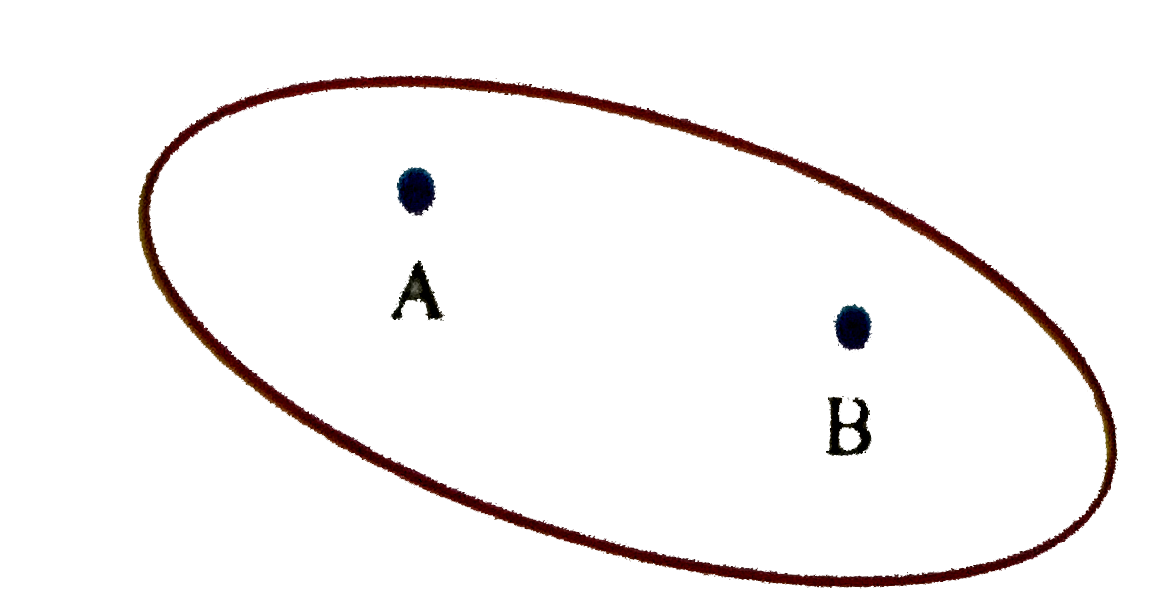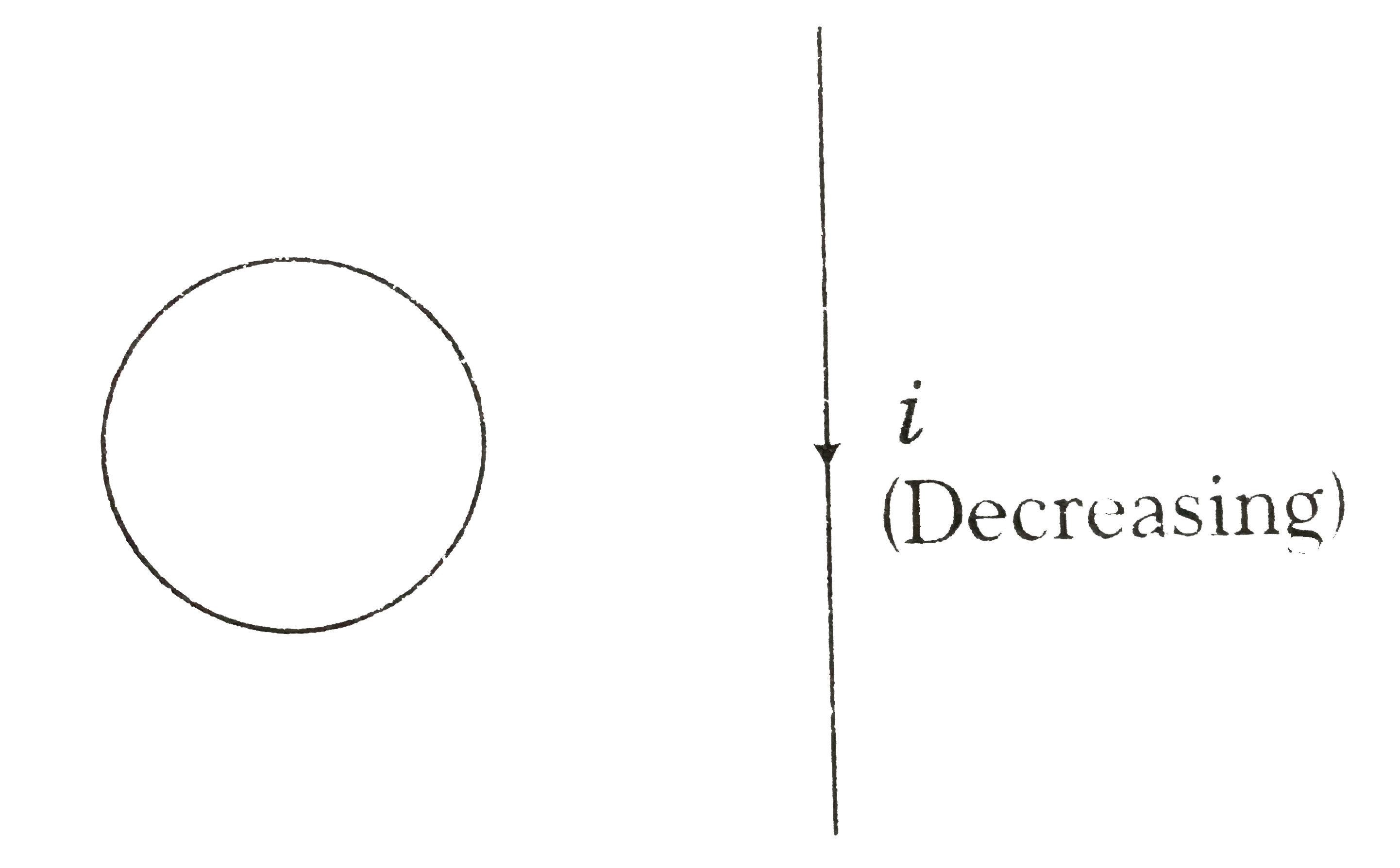If a charged body is placed near a neutral conductor, will it attract the conductor or repel it ?
To determine whether a charged body will attract or repel a neutral conductor when placed near it, we can analyze the situation step by step.
1. Identify the Nature of the Charged Body:
- The charged body can be either positively charged or negatively charged. Let's denote these cases as Case 1 (positively charged) and Case 2 (negatively charged).
2. Understanding the Neutral Conductor:
- A neutral conductor has an equal number of positive and negative charges, resulting in no net charge. However, the charges within the conductor can move freely.
3. Case 1: Positively Charged Body:
- When a positively charged body is brought near the neutral conductor, the positive charge will repel the positive charges (protons) in the conductor.
- Simultaneously, the negative charges (electrons) in the conductor will be attracted towards the positively charged body.
- This results in a separation of charges within the conductor: negative charges move closer to the charged body, while positive charges are pushed away.
4. Case 2: Negatively Charged Body:
- When a negatively charged body is brought near the neutral conductor, the negative charges in the conductor will be repelled.
- Conversely, the positive charges in the conductor will be attracted towards the negatively charged body.
- Similar to Case 1, this also results in a separation of charges within the conductor: positive charges move closer to the charged body, while negative charges are pushed away.
5. Conclusion:
- In both cases (whether the charged body is positive or negative), the conductor experiences an overall attraction due to the movement of opposite charges towards the charged body.
- Therefore, we can conclude that a charged body placed near a neutral conductor will attract the conductor.
Final Answer:
A charged body placed near a neutral conductor will attract the conductor.
---
- The charged body can be either positively charged or negatively charged. Let's denote these cases as Case 1 (positively charged) and Case 2 (negatively charged).
- A neutral conductor has an equal number of positive and negative charges, resulting in no net charge. However, the charges within the conductor can move freely.
- When a positively charged body is brought near the neutral conductor, the positive charge will repel the positive charges (protons) in the conductor.
- Simultaneously, the negative charges (electrons) in the conductor will be attracted towards the positively charged body.
- This results in a separation of charges within the conductor: negative charges move closer to the charged body, while positive charges are pushed away.
- When a negatively charged body is brought near the neutral conductor, the negative charges in the conductor will be repelled.
- Conversely, the positive charges in the conductor will be attracted towards the negatively charged body.
- Similar to Case 1, this also results in a separation of charges within the conductor: positive charges move closer to the charged body, while negative charges are pushed away.
- In both cases (whether the charged body is positive or negative), the conductor experiences an overall attraction due to the movement of opposite charges towards the charged body.
- Therefore, we can conclude that a charged body placed near a neutral conductor will attract the conductor.
A charged body placed near a neutral conductor will attract the conductor.
Topper's Solved these Questions
- BOOK - RESONANCE ENGLISHCHAPTER - ELECTROSTATICSEXERCISE - Problems22videos
ELECTROSTATICS
- BOOK - RESONANCE ENGLISHCHAPTER - ELECTROSTATICSEXERCISE - Exercise-1 Section (A)9videos
ELECTROSTATICS
- BOOK - RESONANCE ENGLISHCHAPTER - ELECTROMAGNETIC INDUCTIONEXERCISE - A.l.P19videos
ELECTROMAGNETIC INDUCTION
- BOOK - RESONANCE ENGLISHCHAPTER - EXPERIMENTAL PHYSICSEXERCISE - PART -II10videos
EXPERIMENTAL PHYSICS
Similar Questions
Prove that, if an insulated, uncharged conductor is placed near a charged conductor and no other conductors are present, the uncharged body must be intermediate in potential between that of the charged body and that of infinity.
View Solutionif a charged body is brought near a charged electroscope, then
View SolutionA square loop ABCD , carrying a current I, is placed near and coplanar with a long straight conductor XY carrying a current I.
 View Solution
View SolutionWhen a charged comb is brought near a small piece of paper, it attracts the piece. Does the paper, it attracts the piece. Does the paper become charged when the conb is brought near it ?
View SolutionA point charge Q is placed outside a hollow spherical conductor of radius R , at a distance r(r>R) from its centre C . The field at C due to the induced charges on the conductor is
View SolutionThe figure shows a charge q placed inside a cavity in an uncharged conductor. Now if an external electric field is swiched on
 View Solution
View SolutionAssertion:A point charge q is placed near an arbitrary shaped solid conductor as shown in figures.The potential difference between the points A and B within the conductor remain same irrespective of the magnitude of charge q
Reason: The electric field inside a solid conductor is zero under electrostatic conditions
 View Solution
View SolutionA circular loop is placed near a current carrying conductor as shown in figure. Find the direction of induced current, if the current, in the wire is decreasing.
 View Solution
View SolutionA straight conductor of uniform cross section carries a time varying current, which varies at the rate dI//dt = I. If s is the specific charge that is carried by each charge carries of the conductor and l is the length of the condcutor, then the totalt force experienced by all the charge carries per unit length of the conductor due to their drift velocities only is
View SolutionAn uncharged conductor A is brought near a positively charged conductor B. The size of the conductor A is much greater than the size of conductor B. Then,
View Solution

